Operations in the moonpool area can be hazardous, time consuming and are often challenged by rough weather conditions. Kill and Choke connections are no exception.
At the same time, expectations to efficiency, safety and environmental awareness continues to increase.
In this blog article you can read about common problems with Kill and Choke (K&C) connections, and how you can avoid these problems.

Kill and Choke connections
Connecting the Kill and Choke to a riser moving relative to the rig is considered a risky and critical path operation. These hoses typically weigh 3 to 5 tons each and are 20 to 30 meters long.
In some cases, 8 to 10 persons are involved in connecting the Kill, Choke, Boost and Conduit hoses with winches and cherry pickers in order to hoist each hose to position and connect it to the moving slip joint over open sea.
The complete operation may take up to one shift (10 to 12 hours) to complete – if everything goes according to
plan.
Suggested reading: Pros and Cons of Standard vs Tailor-made Moonpool Solutions
Common problems
There are several challenges with Kill and Choke connections, the two most prominent ones being time consumption and safety risks. Let’s have a look:
Time-consuming
Not only is the operation itself time-consuming, with 10 to 12 hours from start to finish. To be able to do such operations you need permission from the management of the rig after a formal risk assessment has been performed. The risk assessment includes Safe Job Analysis (SJA, TEBRA).
In a best case – it gets approved without conditions. Worst case – it gets rejected. More likely it will be approved with safety requirements as defined in the risk assessment.
In any event, as the operation will be performed over open sea, a standby boat will be required while the kill and choke lines are connected. This adds cost and time to the process.
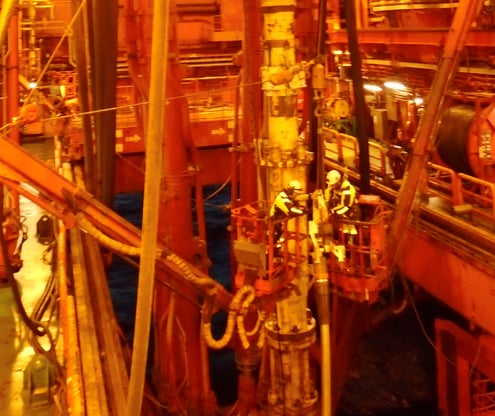
Manual Kill and Choke handling over open sea – Hazardous, time consuming and weather dependent
Hazardous
The operators doing this manual work over open sea is at great risk for crush injuries or falling into the rough sea. Unwanted and serious incidents are very costly; it means downtime, investigations, bad reputation, and potential contract termination.
Read more: How Tailored Moonpool Handling Systems Can Improve Safety (HSE)
Weather dependent
Connecting the hoses to the moving slip joint over open sea is challenging even in calm weather.
In a worst case the weather prevents you from doing anything and the rig goes on downtime consequently resulting in non-productive time (NPT)/flat spots on your drilling performance curve.
Suggested reading: How to Optimize Goosneck Handling and MPD Handling with ClickStab
How to solve these problems
Field proven equipment is available to reduce the risk and at the same time improve rig efficiency. With such equipment the operation can be:
-
completed in 10 minutes
-
handsfree
-
no work over open sea
-
with only one operator
The equipment is relatively costly, however it adds significant value.
Typically you will have covered the cost with the time saved on the operation after running the BOP 10 times.
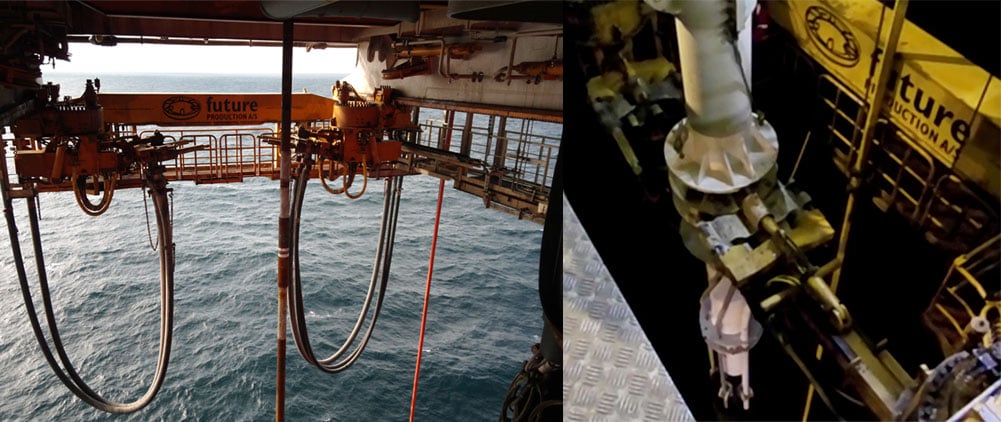
Clickstab: Handsfree Kill and Choke Handling in minutes with one operator. The ClickStab system is adapted to any rig layout.
Conclusion
There are several challenges with Kill and Choke connections which all can lead to great economic consequences. Optimizing operations in the moon pool area with helpful equipment can prevent these fallouts.
In addition, the equipment can demonstrate a very attractive return on investment.
Key takeaways
-
Manual K&C handling is slow, hazardous, and weather-limited
-
Hands-free systems cut time from hours to minutes and reduce exposure
-
Attractive ROI across a campaign (time saved, fewer WOW delays)
Read more about the Future Production ClickStab® here.
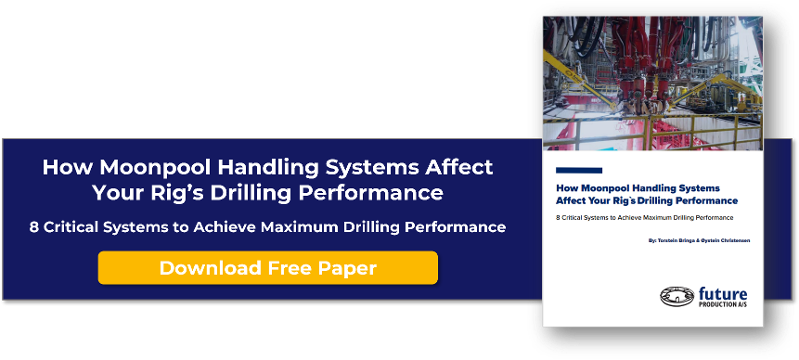
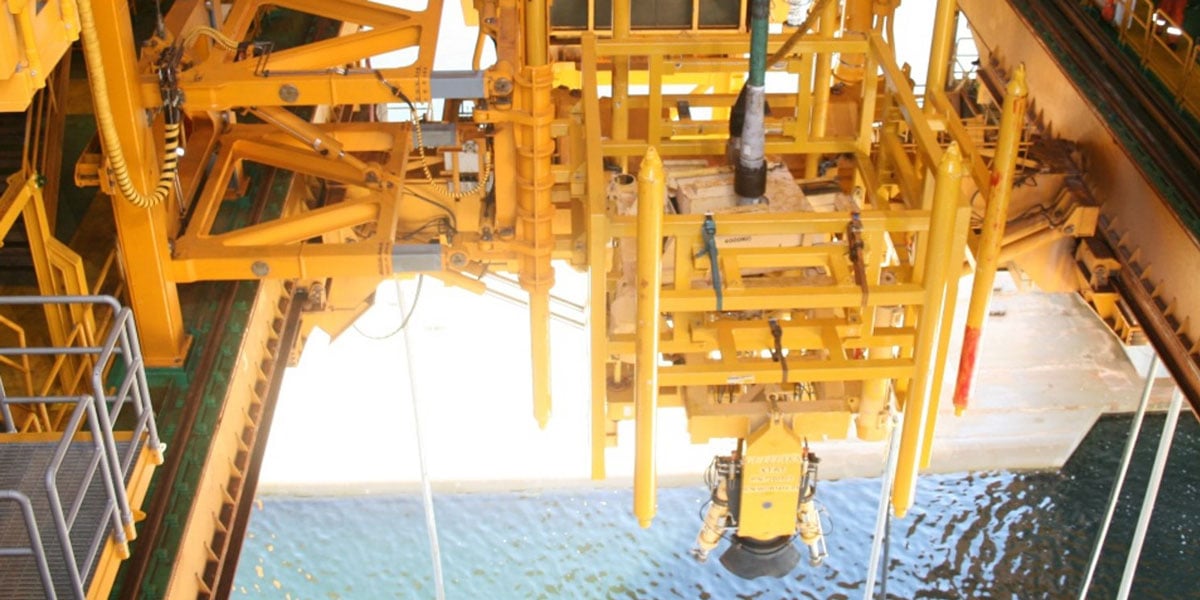
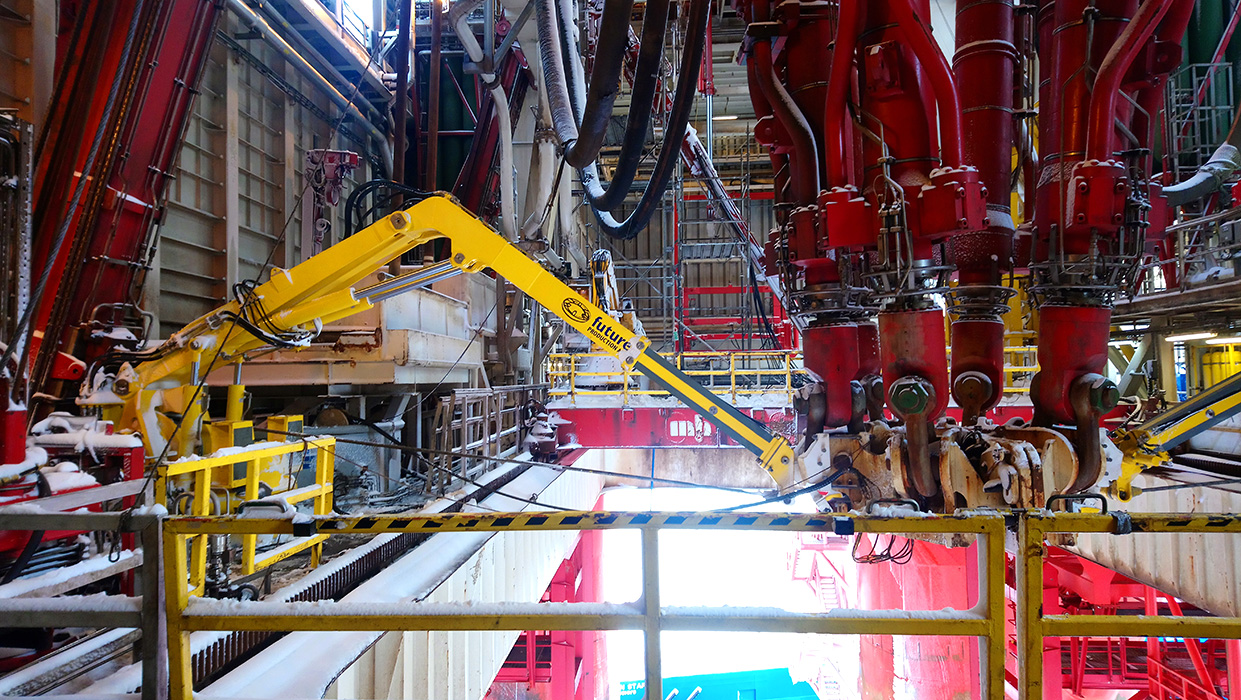
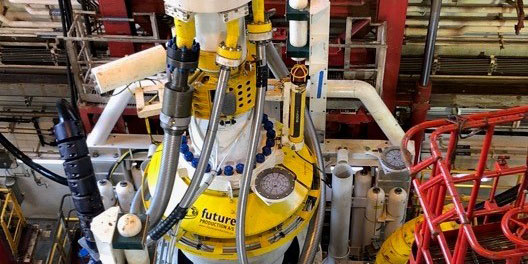
SUBMIT YOUR COMMENT